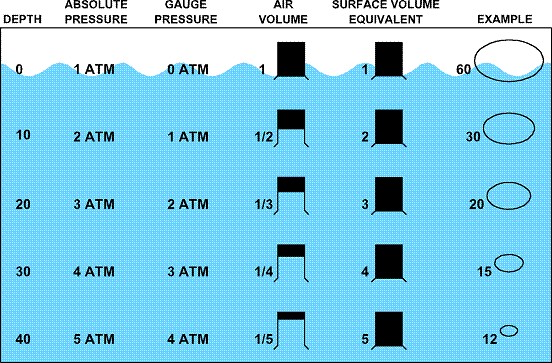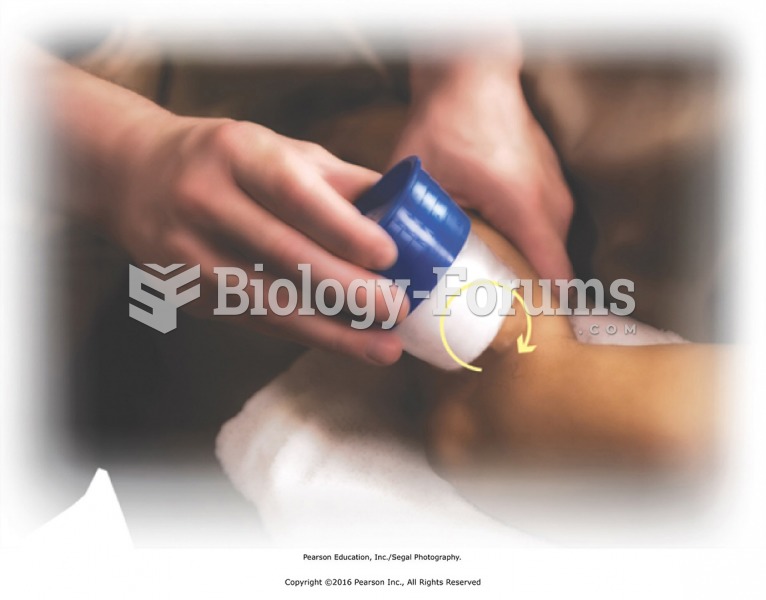|
|
|
Fungal nail infections account for up to 30% of all skin infections. They affect 5% of the general population—mostly people over the age of 70.
The Centers for Disease Control and Prevention (CDC) was originally known as the Communicable Disease Center, which was formed to fight malaria. It was originally headquartered in Atlanta, Georgia, since the Southern states faced the worst threat from malaria.
Sildenafil (Viagra®) has two actions that may be of consequence in patients with heart disease. It can lower the blood pressure, and it can interact with nitrates. It should never be used in patients who are taking nitrates.
It is important to read food labels and choose foods with low cholesterol and saturated trans fat. You should limit saturated fat to no higher than 6% of daily calories.
Lower drug doses for elderly patients should be used first, with titrations of the dose as tolerated to prevent unwanted drug-related pharmacodynamic effects.
 Lightly squeeze along each finger applying pressure first near the knuckle and then moving along the ...
Lightly squeeze along each finger applying pressure first near the knuckle and then moving along the ...
 Effleurage to leg and around hip joint. Slide palms over the front of the leg as a connecting and ...
Effleurage to leg and around hip joint. Slide palms over the front of the leg as a connecting and ...





